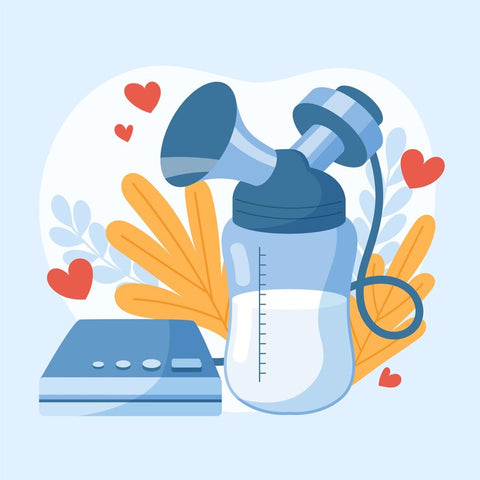Breastfeeding the baby is the most important activity that any mother must do to ensure proper and healthy feeding.
Breast pumps are often used to help express and store breast milk, which can be given to the little one whenever he needs it, regardless of whether the new mother is at home or not. Both offline and online, there are many myths and misconceptions about the use of these devices, the most common being the following 3:
Breast pumps can decrease milk production
Used correctly, these devices can increase milk production, especially if it is expressed regularly. Especially in the first weeks, they can stimulate the mammary glands to produce more, but it will be essential to use a quality device, respecting all the requirements and indications of the manufacturer.
Breast pumps are only necessary for mothers who work or face difficulties in breastfeeding

These tools can be used by all mothers, regardless of their situation. They are useful for extracting and storing milk for those times when it is not possible to breastfeed physically. Whether you are at work, on vacation or coming home from work tired in the evening, these devices can be of great help to feed the baby in the shortest possible time.
Breast pumps can completely replace direct breastfeeding
Direct breastfeeding offers more benefits than actual feeding. Skin-to-skin contact and emotional connection are just a few advantages that natural breastfeeding can offer. Breast pumps are useful tools, but it is recommended and necessary to practice direct breastfeeding as much as possible, especially when time permits.
Breast pumps are useful devices and a valuable tool in a mother's arsenal, but it is important to know and understand the correct way to use them in order to minimize the myths that can prevent some women from using them effectively. By choosing a high-performance device and carefully reading the instructions for use, these devices can be very advantageous for mothers who want to offer breast milk to their children.



